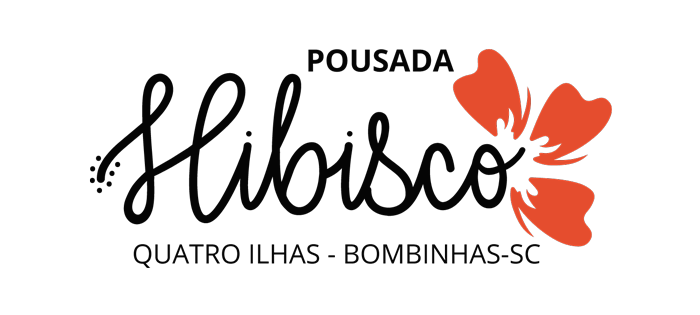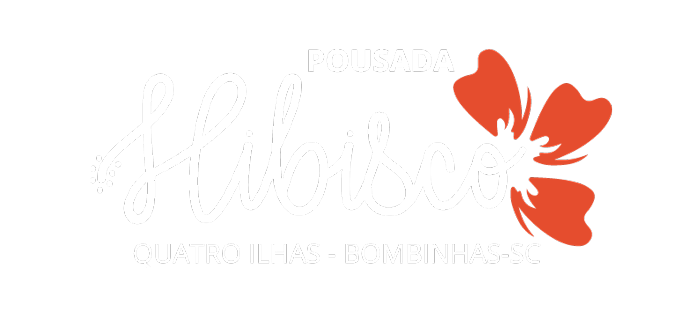Everything You Need To Know About Options Bid Ask Spread
The width of the spread might be based not only on liquidity but also on how quickly the prices could change. Market makers and professional traders who recognize imminent risk in the markets may also widen the difference between the best bid and the best ask they are willing to offer at a given moment. If all market makers do this on a given security, then the quoted bid-ask spread will reflect a larger than usual size. Some high-frequency traders and market makers attempt to make money by exploiting changes in the bid-ask spread. The bid-ask spread provides insights into the liquidity and efficiency of a market. A narrower spread suggests a liquid market with tight competition between buyers and sellers.
Learning the language of an option chain can help investors become more informed, which can make all the difference between making or losing money in the options markets. Options are not suitable for all investors as the special risks inherent to options trading may expose investors to potentially rapid and substantial losses. Please read Characteristics and Risks of Standardized Options before investing in options. The ask price is the lowest price at which a seller is willing to sell a security or asset. It represents the supply side of the market and is typically higher than the bid price. The bid price is the highest price that a buyer is willing to pay for a particular security or asset.
An option chain shows you all the relevant information about an option contract
Bid and ask prices are crucial for traders and investors as they determine the entry and exit points for trades. The bid price is important for sellers looking to sell at the best possible price, while the ask price is vital for buyers seeking to buy at the lowest possible price. If you’re looking for a better price, you could potentially work your order, meaning offer a lower price (if you’re buying) or a higher price (if you’re selling). Some traders might attempt to get their order filled at the mid price, also known as the mark.
The bid and ask price refers to the two way quote given on all exchanges and are normally the best potential prices to trade at. Delta, which can be anywhere between -1.0 to 1.0, measures the change in an option’s price for every dollar change in the price of the underlying stock. An option with a delta of 0.8 will raise $0.80 for every dollar that the underlying stock’s price increases. It is also seen as a measure of the probability that an option will expire in the money, meaning the strike price is in an advantageous position compared to the stock’s price.
Together, the bid and ask make up the price quote, with the distance between the bid-ask spread is an indicator of a security’s liquidity (the tighter the spread, the more liquid). Quotes will often also show the number available at both the current best bid and ask prices. Most retail traders and investors must sell on the bid or buy on the offer, while market makers set the bid and offer prices where they are willing to buy and sell. Understanding the bid and ask prices, along with the bid-ask spread, is fundamental to successful trading. These concepts drive the mechanics of buying and selling in financial markets, making them essential knowledge for any trader or investor. By comprehending how these prices interact, one can make more informed decisions and potentially increase the likelihood of profitable trades.
Bid Size And Ask Size In Illiquid Options
So while market orders to sell fill at the lower bid and market orders to buy fill at the higher ask, many of those trade executions fill the existing limit orders of other traders. When trading shares of stock, the bid-ask spread will often be a few pennies wide. However, a majority of stocks have illiquid options with wide bid-ask spreads. In financial Forex Brokers markets, a bid-ask spread is the difference between the asking price and the bidding price of a security or other asset. The bid-ask spread is the difference between the highest price a buyer will offer (the bid price) and the lowest price a seller will accept (the ask price). Typically, an asset with a narrow bid-ask spread will have high demand.
- If the investor purchases the stock, it will have to advance to $10 a share simply to produce a $1 per-share profit for the investor.
- For example, if an investor wanted to sell a stock, he or she would need to determine how much someone is willing to pay for it.
- Chris Butler received his Bachelor’s degree in Finance from DePaul University and has nine years of experience in the financial markets.
- If there aren’t enough contracts in the market at your limit price, it may take multiple trades to fill the entire order, or the order may not be filled at all.
That right gives the contract value, which can be traded as its own type of security. For this reason, it is essential that beginner traders stick with highly liquid stocks and options with tight bid-ask spreads. Suppose you want to buy 100 shares of a publicly traded company called Bluth’s Bananas. If you’d placed a buy order with your broker, you’d pay the ask price of $10.02, which means you’d pay $1,002 for 100 shares instead of the $1,000 you’d have paid at the bid price.
Unlike stock, the bid and ask sizes for options do not represent 100 contracts. If an option contract has a bid size of 34, that means 34 options are available to sell at the quoted price. In options trading, liquidity refers to the ease at which an option can be opened and closed. Lastly, the put option has a bid-ask spread of only $0.05, which is considered to be a narrow spread.
In the image above, which is an older one as you can probably tell, buyers are willing to pay $259.06 for AAPL stock, but sellers want at least $259.10 per share. When the bid and ask prices are very close, this typically means that there is ample liquidity in the security. In this scenario, the security is said to have a “narrow” bid-ask spread.
Spread in Stocks vs. Options
If an option is bid at 1.20 and offered at 2, you will lose that 0.80 in value when you enter and then later exit the trade. In this example, it’s important to note that the bid-ask spread increased from $0.025 to $0.15 as market volatility increased, but these were the closing bid-ask spreads. When the market opened on August 24th, the bid-ask spreads of SPY options were between $2.00 and oanda reviews $5.00 because the market had opened down 5%. As we can see, there’s a clear relationship between market volatility (as indicated by the VIX Index) and the bid-ask spreads of options on SPY. While only SPY is used as an example in the visual above, the same concept applies to other stocks in the market as well. At this point, you know and understand the implications of the bid-ask spread.
Let’s say we have an option that has a bid of $2.00 and an ask of $2.60 and we want to buy it. By the end you understand what they are, how to analyze them and learn what to look for to give you a higher probability of success with your trades. Access and download collection of free Templates to help power umarkets review your productivity and performance. Get stock recommendations, portfolio guidance, and more from The Motley Fool’s premium services. Check out these eight resolutions from experienced investors to give you some inspiration. Spreads on U.S. stocks have narrowed since the advent of “decimalization” in 2001.
Ultimately, it’s a tradeoff between getting the best possible price versus buying immediately. It represents the cost of trading and liquidity in the options market. Here we can see the bid-ask spreads are generally much higher but that’s not unexpected because these long-term options will have much lower liquidity. If a stock’s bid price is $20 and the ask price is $20.10, the bid-ask spread is $0.10. To be successful, traders must be willing to take a stand and walk away in the bid-ask process through limit orders.
On the other hand, securities with a “wide” bid-ask spread (where the bid and ask prices are far apart) can be time-consuming and expensive to trade. In addition to the bid and ask price, you will see the volumes of each bid and ask price available for most products. This shows how much quantity of the product is available at the price being shown.






